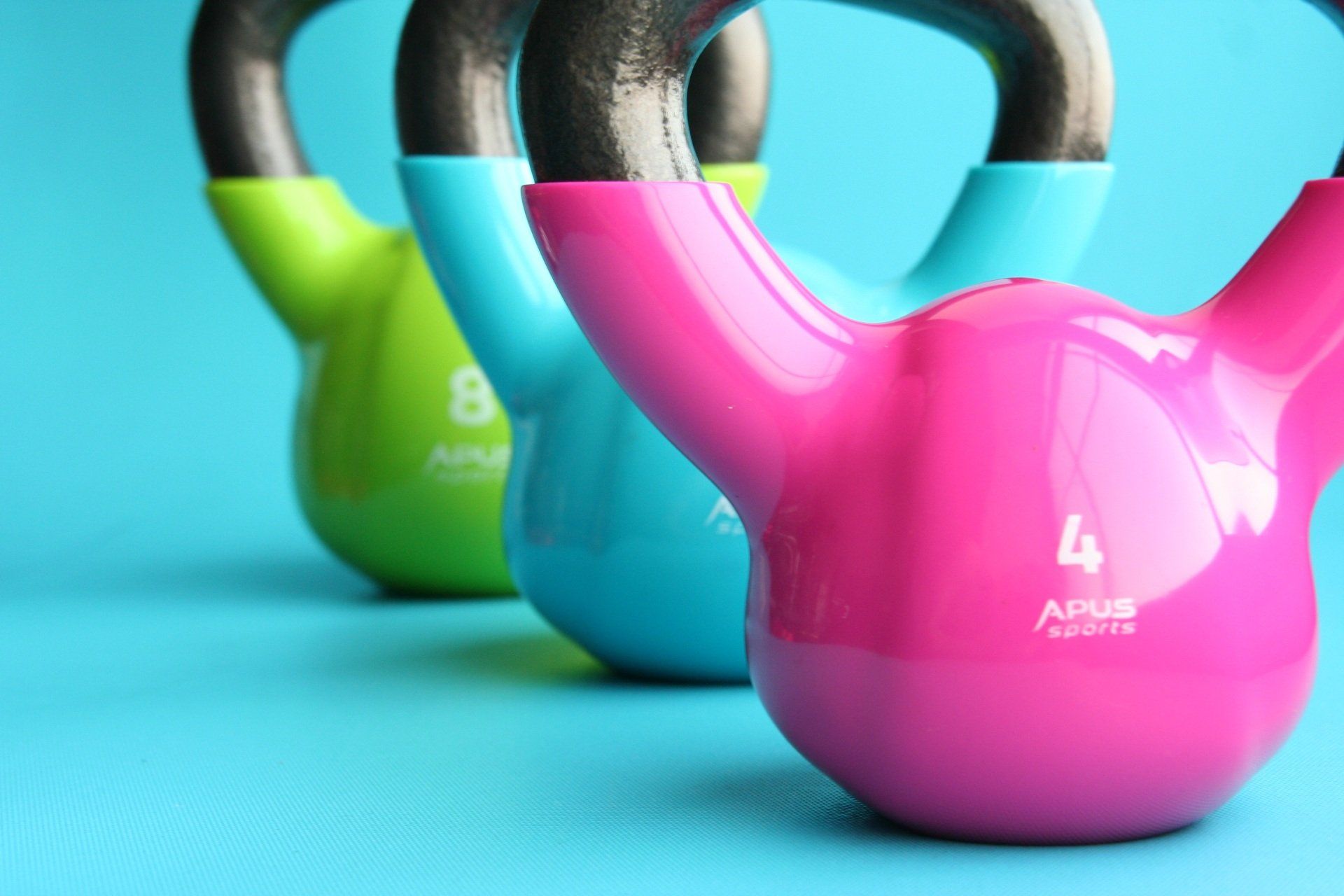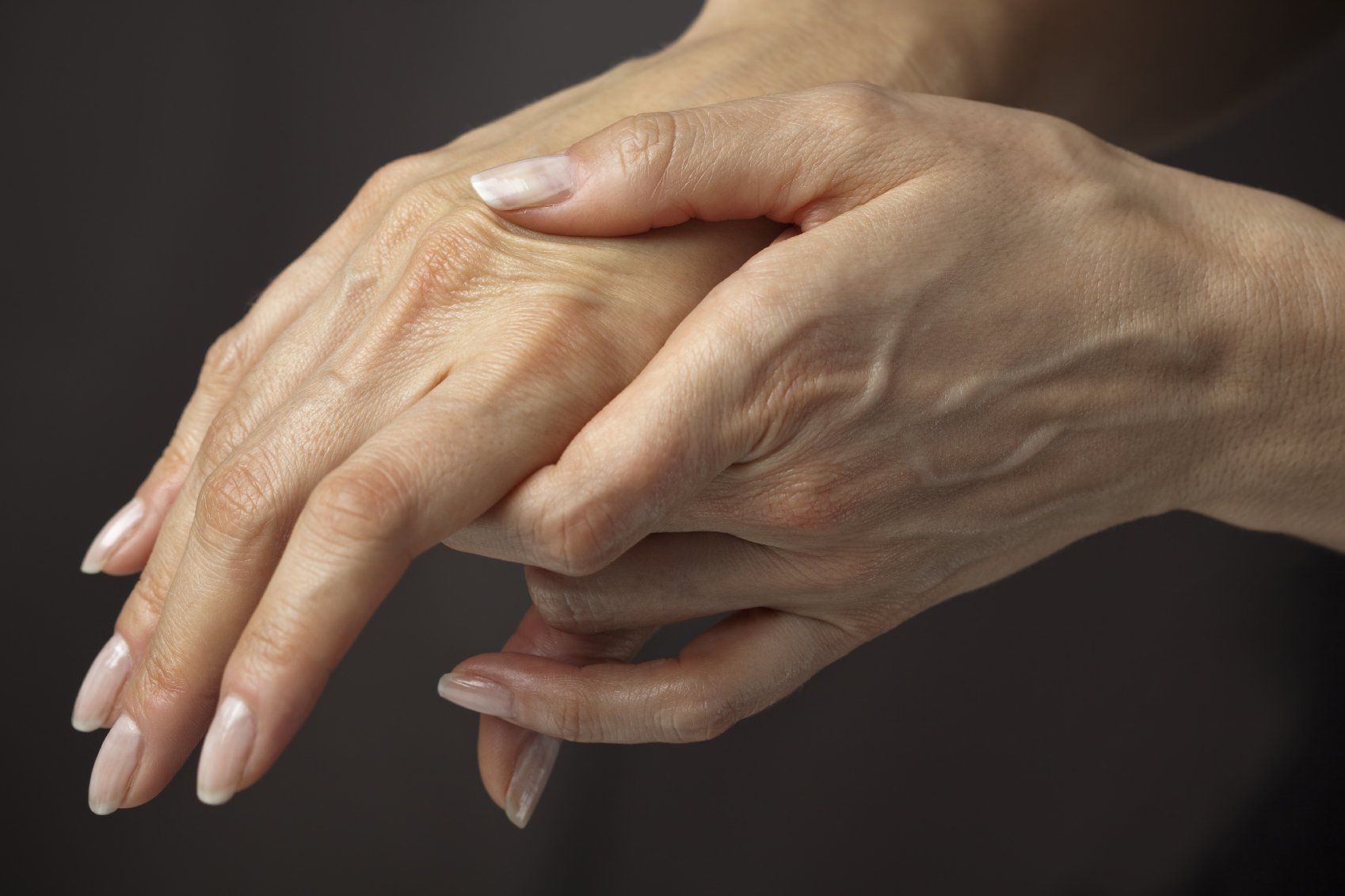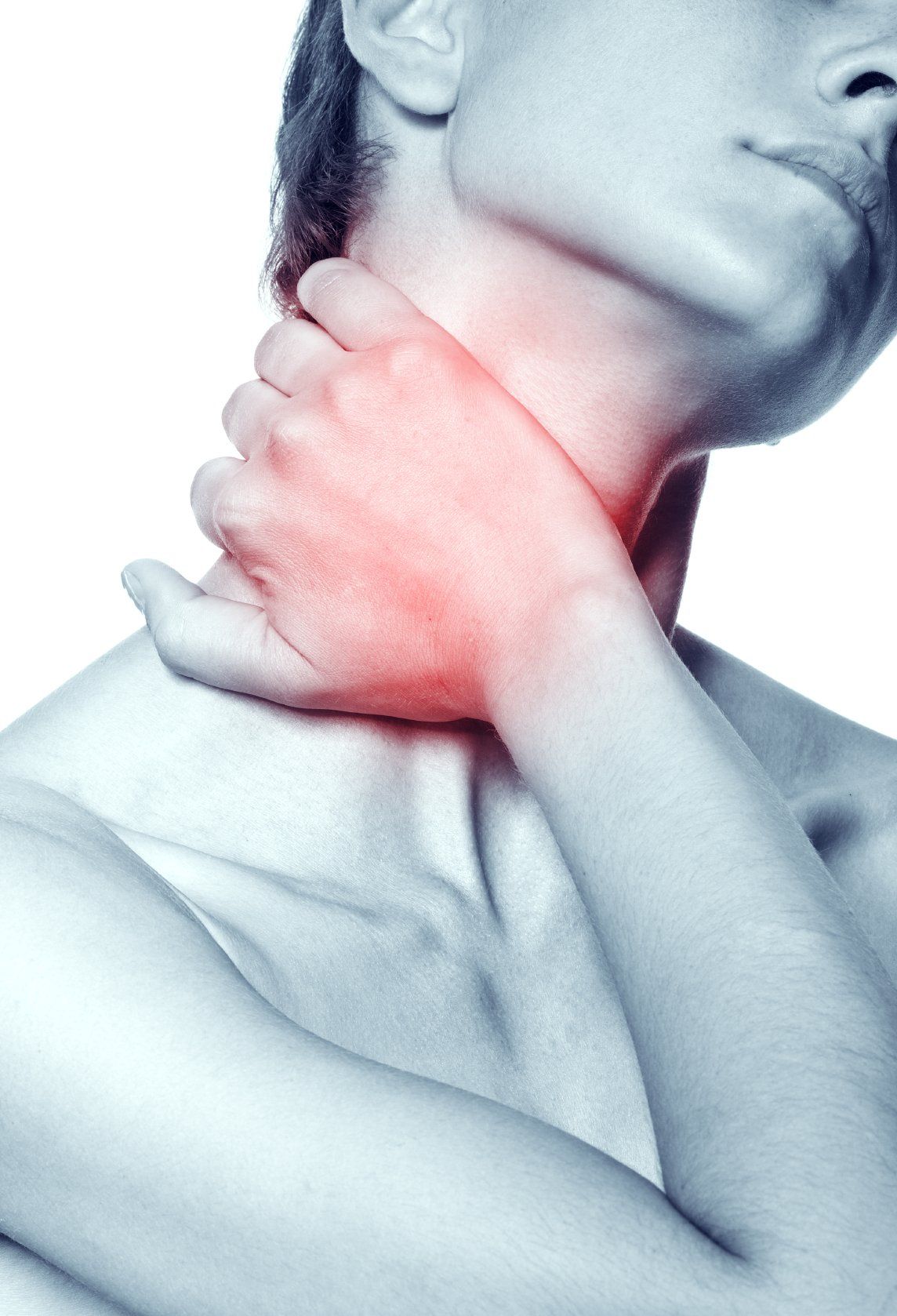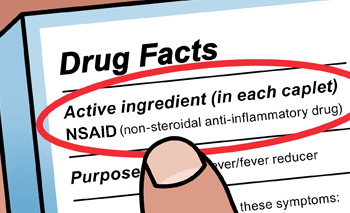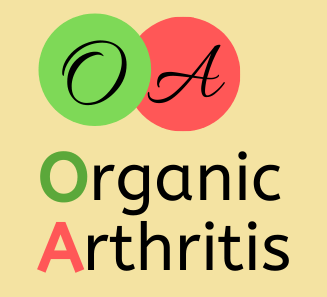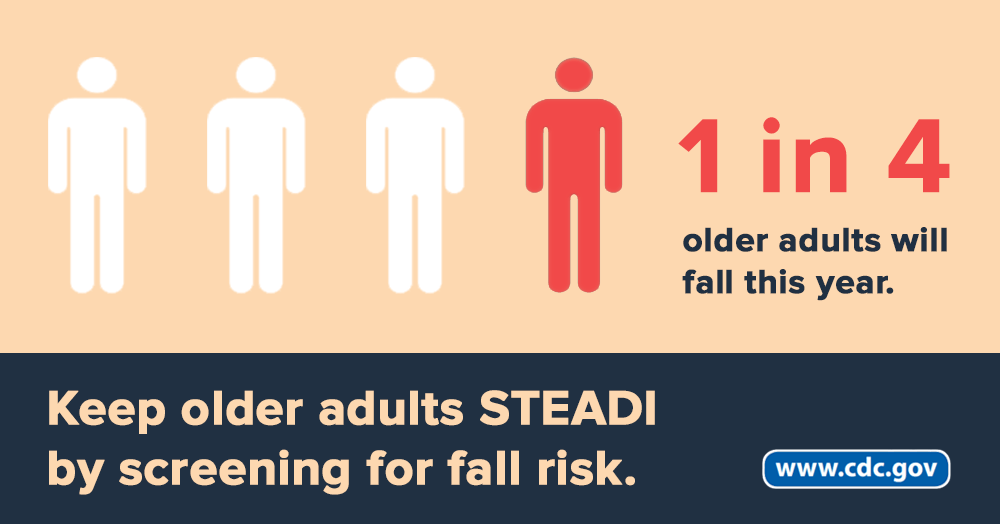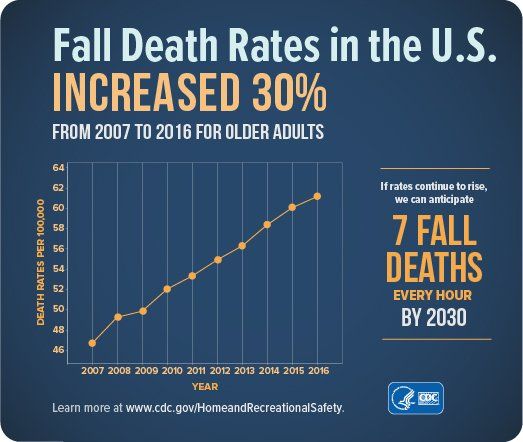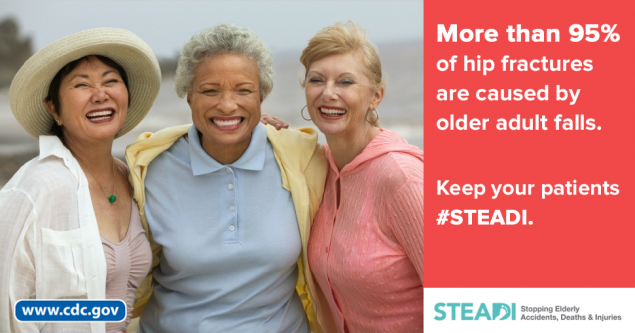Falls - Let us discuss risk factors and also fall prevention strategies

Falls are a major issue especially in our elderly population and falls are the
leading cause of injury, both fatal and nonfatal, among older adults in the United States. I can not even count the number of lives that were significantly (and often times permanently) changed after a fall through my decades of practice as a Nephrologist and Internist.
I will share one story of a long term patient (who became a long time friend along with his family) - I can not share his name for medical legal reasons. This was a pleasant gentleman who had moved to the DMV region from the Midwest. He was approximately 93 years young when he moved to the area and had stage 5 chronic kidney disease with less than 10 ml/min (approximately 10 percent) kidney function when he came to our CKD clinic. He was sharp as could be and would even drive to clinic visits (often accompanied by his daughter). He initially said he would only pursue medical management with pills and clinic visits and would not pursue machine-based modalities such as hemodialysis even if acutely indicated.
Approximately 2 years after establishing with us - with further progression of his kidney disease we had major issues controlling his volume despite maximal oral diuretic (fluid pills) therapy and he had several hospital admissions over a short time for IV diuretics to control his fluid status and congestive heart failure. At this time he had approximately 7 ml/min (approximately 7%) kidney function and we had a big family meeting on his overall goals of care. He still was sharp and self sufficient (but was starting to have some fatigue/energy issues likely from toxin build up due to his severe kidney disease). The options were likely moving to hospice/comfort measures vs a trial of hemodialysis (a machine that filters the blood to help simulate kidney function/clearance).
My now 95 year old friend decided to try hemodialysis to help control his volume status and remove toxins from the bloodstream. He responded well to therapy and immediately noted improved energy/appetite with toxin removal. We were able to control his fluid status with the dialysis sessions and he did well. He remained on dialysis with no hospital admissions until the age of 99. I had seen him regularly at the dialysis unit and we had great conversations for years. He would often tell me stories about his life experiences - even details of World War 2. He remained sharp with a good quality of life - until he had an accidental fall in the shower at age 99.
With the fall - my friend unfortunately suffered a right femoral head fracture. After surgery - he had constant issues with pain management coupled with decreased mobility and was unable to care for himself for the first time in his adult life. He would need a nursing home at this point and struggled gaining mobility despite attempting rehab with his usual zeal and positive attitude. He developed wounds/ulcers in his bottom region and was in constant pain. We had another family meeting and he decided to stop dialysis and focus on hospice/comfort measures. He soon passed away after a long and distinguished life. I will always remember him and this was just one example how a fall can change everything unexpectedly.
In 2018, according to the CDC Behavioral Risk Factor Surveillance System - 27.5 percent of adults aged ≥65 years reported at least one fall in the past year (35.6 million falls), and 10.2 percent reported a fall-related injury (8.4 million fall-related injuries). The percent of falls increases to about 34 percent in those 85 years and older, and falls and fall injuries were reported more commonly by women than by men.
According to an article in the Journals of Gerontology - Fall-related injuries are associated with significant subsequent morbidity: decline in functional status, increased likelihood of nursing home placement, and greater use of medical services.
In another
article in the American Journal of Epidemiology - Compared with hospitalization due to other conditions, hospitalizations from falls resulting in hip fracture or other injuries lead to worse outcomes and a greater chance of nursing home admissions.
Research also shows that among community-living older adults who sustain hip fractures, 25 to 75 percent do not recover pre-injury functional status.
So we all recognize that falls have major consequences - now let us focus on potential risk factors that may increase the chances of a fall. There are hundreds of studies on falls and potential risk factors leading to them. Some reviews such as this one in the Journal of the American Medical Association - attempt to identify several characteristics that may increase the chances of falls. These include:
●Past history of a fall
●Lower-extremity weakness
●Age
●Female sex
●Cognitive impairment
●Balance problems
●Psychotropic drug use
●Arthritis
●History of stroke
●Orthostatic hypotension
●Dizziness
●Anemia
So now that we have identified some risk factors that may increase the chance of a fall - we can discuss some potential interventions to help decrease falls. In actuality fall prevention should be a comprehensive and multi disciplinary process that focuses on risk factor identification and optimization. The review includes:
- Working to optimize blood pressure and volume status ( avoid Hypotension (Low Blood Pressure) and Orthostasis (low blood pressure when rising)
- Vision evaluation ( and potential treatment such as for cataracts)
- Heart rate and rhythm evaluation (avoid bradycardia (low heart rate) and also identify heart arrhythmias (such as atrial fibrillation)
- Vitamin D supplementation and repletion to goal levels - there is growing data (debatable though) that vitamin D deficiency does increase chances of falls
- Physical therapy evaluation to assess gait/balance and potentially the need for assist devices (such as canes/walkers)
- Manage foot and footwear issues (may even need a Podiatry evaluation if impairments noted)
- Modify the home environment in ways to limit fall risks (such as less need to climb or descend stairs)
- Provide education and social support if needed
Data shows balance and or mobility issues can significantly increase risks for falls. Arthritis itself - particularly of the knee/hip/back - also elevated risks. Arthritis also may limit participation in core strengthening and balance exercises that themselves may prevent/limit falls. An anti inflammatory - particularly safe, natural solutions with limited side effect profiles (such as Organic Arthritis!) can be used prior to exercise to help participation.
There are potential benefits in particularly core strengthening and balance exercises to help prevent falls. Below are some good exercise resources:
- From Johns Hopkins Physical therapy
- From Mass General / Harvard
- From
Medline Plus
- From
Silver Sneakers
- From the National Council on Aging
Again sending good vibes and wishing everyone the absolute best. Feel free to reach out anytime with any questions. Stay healthy, stay active, and stay safe everyone!
